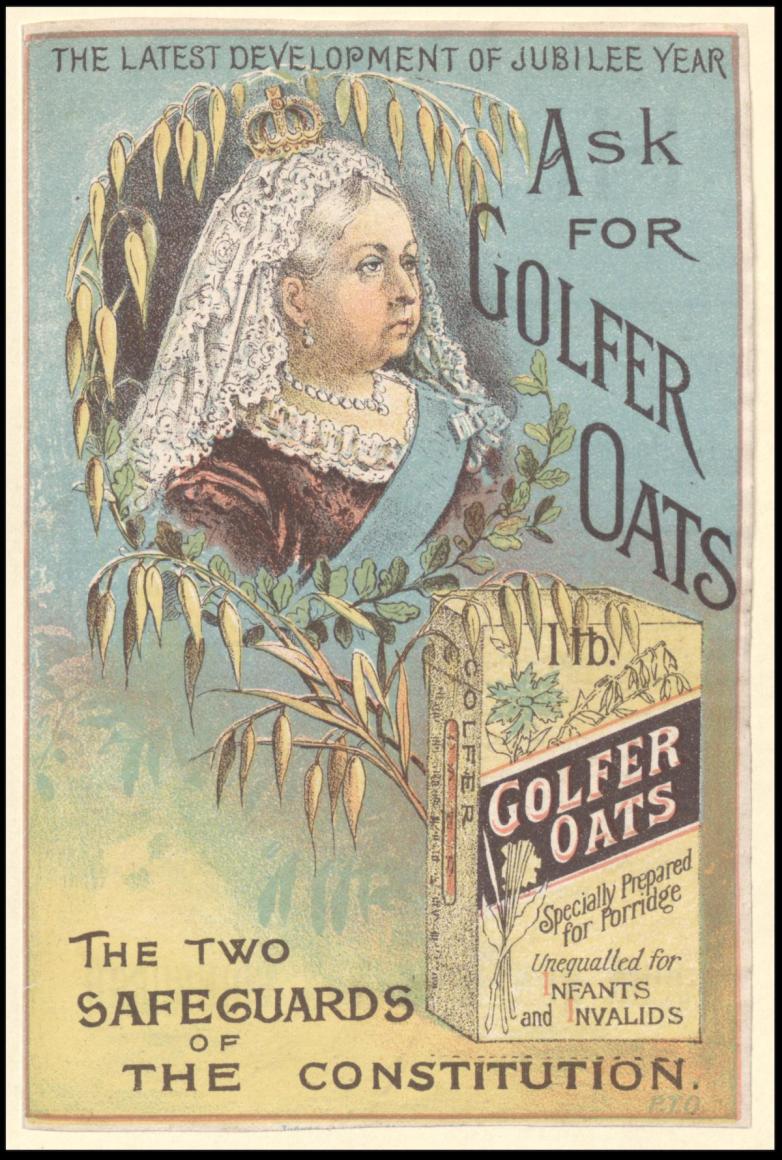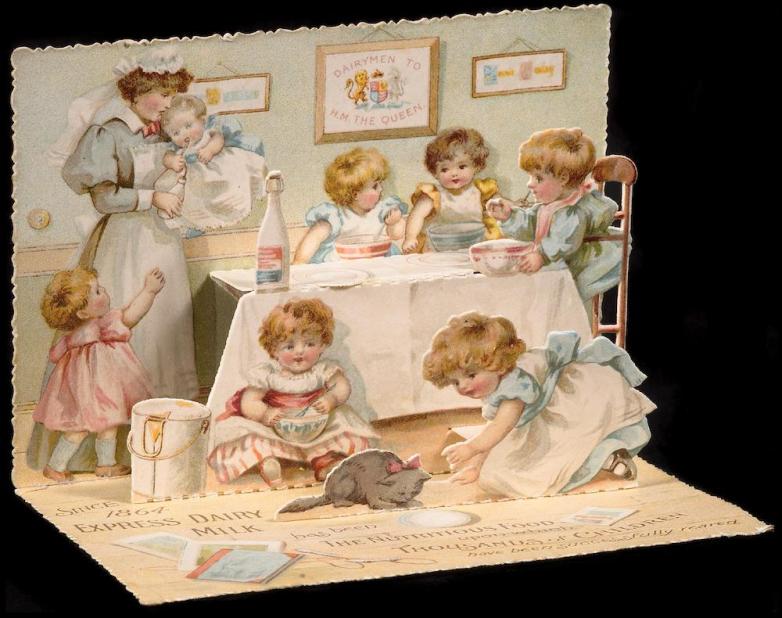But there are also themed sections looking at printing techniques, examples of inventiveness (such as the Wynter’s Glow For Your Hands point of sale boards promising to alleviate chapped hands), the cry to ‘Buy British' (Matchless Metal Polish very specifically demands users ‘Don't Purchase Foreign Polishes’) and how and why women were targeted in advertisements.
There are also some bold boasts on show, such as a 1920s ad for Craven A cigarettes which apparently were “made specially to prevent sore throats.” George Packwood’s Hunting Razors from 1800-1810 promise to make shaving easy on horseback! Here too are the earliest days of celebrity endorsements, with actress Ellen Terry expounding on the fabulous Koko for the Hair.
A series of blog postings provides longer, detailed analysis of the exhibition and there is also an excellent accompanying catalogue/book by Julie Anne Lambert.

















